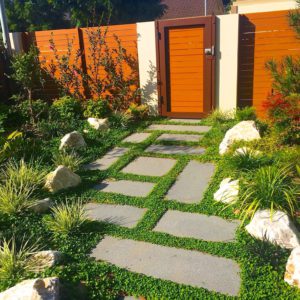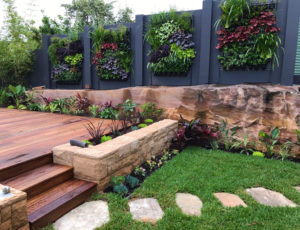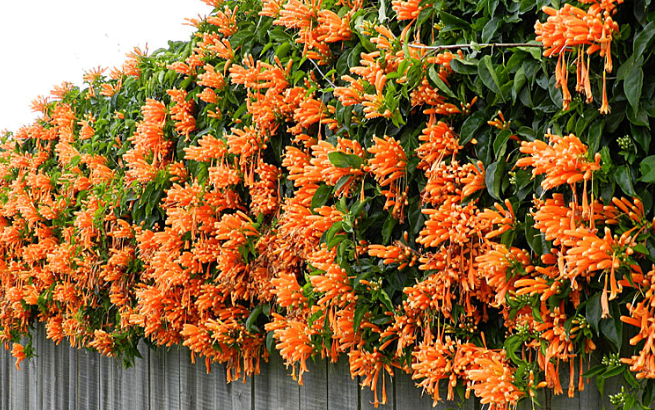One of the most common comments when I meet a new client is “I’d like some planting but I have no idea what plants to use!”
Well, by process of elimination, I hope to help you by breaking down the selection process I use, to at least give you a starting point when thinking of what plants you would like for specific locations in your garden.
This can be done with little to no plant knowledge.
Today, we are all guilty of using Google to answer most of our questions, so why not be as specific as possible in your search to narrow down what plants will actually survive and thrive in your garden. And if Google isn’t your idea of where to get your gardening answers, take your search to a local nursery armed with some answers to the points below. Correct plant selection will result in healthy happy plants and the process to reach the desired plants, will actually be quite an enjoyable experience.
The main points of the selection process are as follows:
- Location/aspect
- Purpose
- Foliage and/or flower colour/shape/texture

Location/aspect
Most importantly when looking at your garden space, is what your selected plant or plants will have to endure day in and day out. Will they be exposed to the hot summer sun all day or not see the sun at all? Is the soil constantly wet or is it free draining? Are you on the coast exposed to the fresh salty winds or in a protected micro climate inland from the coast? These factors are vital in the success of your selected plants. Get this wrong and you will likely be back at square one looking for new plants.
Some Location/aspect variations include:
- Full sun
- Part shade
- Full shade
- Wet
- Free draining
- Dry
- Coastal
- Alpine
Get this right and you are well on your way to selecting a plant that will survive and thrive!
Purpose
When considering the purpose of the plants you require, you are thinking of what you would like the plant to achieve. Plants can achieve many purposes; screening, feature planting, erosion control or to create a ‘feel’ or design style to just name a few. You can easily narrow down your search by having a clear purpose for the plant or plants you require.
I love solving garden problems with plants where possible.
Some requirements of plants I have come across are as follows:
- Screening
- Hedging
- Feature plants/Interest
- Shade
- Ground cover/Erosion control
- Fillers
- Spill over
- Climbing
- Native garden ‘feel’
- Tropical garden ‘feel’
- Formal garden ‘feel’
Foliage and/or flower colour/shape/texture
A part of the selection process that can be easily missed is how the colour, shape and/or texture of the foliage and flowers of the plant relate to the rest of the garden. Get this wrong and the selected plants may survive and thrive, but the colours may clash with the rest of the plantings and therefore stand out for all the wrong reasons. I like to try visualise a colour theme for a garden design. My favourite combinations would be using a mixture of dark greens, lime greens, purples, deep reds, pinks and silvers. These colours all complement each other and although they may stand out against each other, they all relate to each other to create a harmonious mix that stand out for the right reasons. A colour theme can be as simple as warm colours (reds, oranges, yellows, pinks) or cool colours (blues, purples, greens, whites) or may even be even more simple with just greens and whites!
Not only colours are good to mix, but I always try to mix a combination of foliage shapes and textures. Try to mix strappy foliage with clipped formal shapes, frilly leaves with large simple leaves, smooth glossy leaf surfaces with textured surfaces. This will not only create a contrast but will provide great interest throughout your garden.

So there you have it, the three main points I use in the selection process of plants. Just think about a stunning garden you have seen recently and see if the garden has had the above points covered. If the garden is looking good, then this process will have been followed and successfully implemented. This is a part of the design process we at Kyora take great pride in of which helps gardens constructed today, look great from tomorrow and beyond.
Nick Mason – Residential Construction
